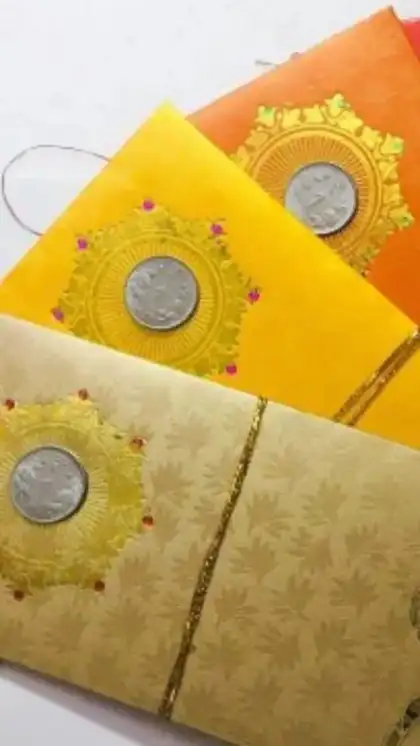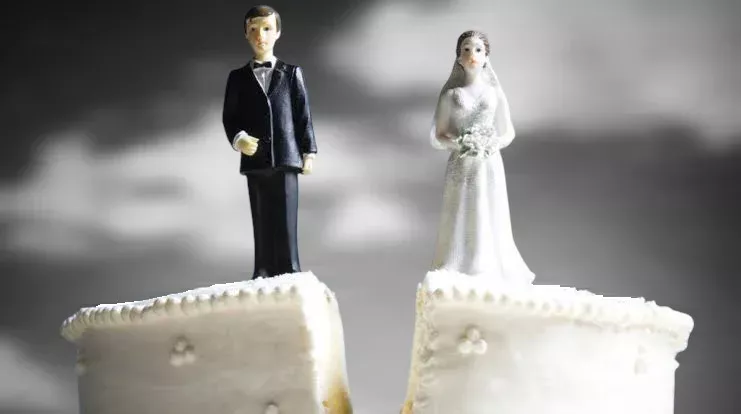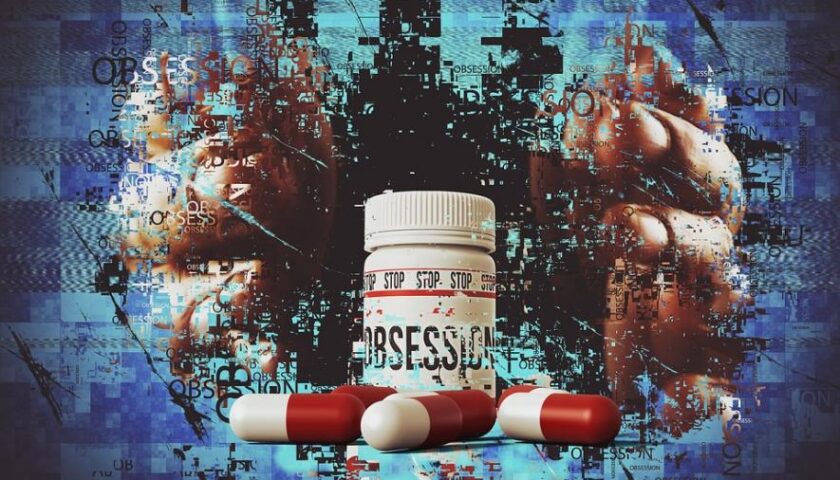From Wartav to Gulmuteeh: The Symbolism Behind ₹501 and ₹1001 in Kashmiri Gifts
By: Javid Amin | 16 September 2025
A Coin, A Culture, A Continuum
In the valleys of Kashmir, where every ritual is steeped in poetry and every gesture carries generations of meaning, the tradition of adding one rupee to gift money is more than a custom—it’s a cultural philosophy. Whether tucked inside a shagun lifafa at a wedding, handed over during Eid, or offered at a nikkah ceremony, the extra rupee transforms a financial gift into a blessing of continuity.
This practice, common across South Asia, takes on a distinct Kashmiri flavor—infused with spiritual symbolism, linguistic nuance, and emotional intentionality. It’s a tradition that whispers: “May this gift never end. May your journey always begin.”
From Zero to One: A Kashmiri Shift in Energy
In Kashmiri culture, numbers are not just mathematical—they’re metaphorical. A gift of ₹100 feels complete, closed. But ₹101? That’s a beginning.
In Kashmiri weddings, this shift is especially meaningful. The extra rupee is seen as a duai (prayer)—a wish for the couple’s life to be filled with growth, continuity, and renewal.
“We don’t give endings in Kashmir. We give beginnings,” says Ghulam Nabi Dar, a traditional wazwan chef from Anantnag.
This philosophy echoes in Kashmiri poetry, where the number one often symbolizes rebirth, resilience, and divine spark.
Indivisibility as a Blessing: The Kashmiri View
Kashmiris are deeply attuned to the idea of wholeness. Round numbers like ₹500 or ₹1000 can be split. But ₹501 or ₹1001? They resist division.
This indivisibility becomes a metaphor for unbreakable bonds—between families, between communities, between the giver and the receiver.
In Kashmiri mehndiraat ceremonies, elders often gift odd denominations to newlyweds, symbolizing a marriage that cannot be fractured.
“The extra rupee is our way of saying: May your love be indivisible,” shares Zareefa Jan, a retired schoolteacher from Sopore.
Wartav & Gulmuteeh: The Kashmiri Soul of Symbolic Giving
In Kashmiri tradition, gifting is never just transactional—it’s ritualistic, poetic, and deeply intentional. Two concepts that embody this are wartav and gulmuteeh.
Wartav: The Ritual Offering
Wartav is more than a gift—it’s a sacred gesture, often given during weddings, religious ceremonies, or life milestones. It may include money, dry fruits, saffron, or coins wrapped in turmeric cloth. The addition of one rupee to wartav is a way of saying: “This offering is not final—it’s a beginning, a prayer for continuity.”
In weddings, wartav is often presented by elders with blessings spoken in Kashur, anchoring the moment in ancestral wisdom and spiritual depth.
“Wartav is our way of giving with reverence. That one rupee coin completes the circle,” says Haji Bashir Lone, a community elder from Baramulla.
Gulmuteeh: The Sweet Gesture
Gulmuteeh is the emotional layer of Kashmiri gifting—a small, symbolic item given with love, often alongside the main gift. It could be a walnut, a saffron strand, a handwritten note, or a one rupee coin.
The coin, in this context, becomes a gulmuteeh of continuity—a sweet, subtle wish for the recipient’s journey to flourish.
“Gulmuteeh is not about value—it’s about feeling. That one rupee coin carries our silent prayers,” shares Zareefa Jan.
Together, wartav and gulmuteeh reflect the Kashmiri philosophy of intentional giving—where every item, no matter how small, is infused with meaning, memory, and emotion.
A Gesture of Intentionality: Meaning in Kashmiri Margins
In a region where emotional equity is often overlooked, the one rupee coin becomes a quiet act of care. It says: “I see you. I bless you. I wish you continuity.”
This intentionality is especially powerful in Kashmiri mourning rituals, where gifts are given not just to support, but to honor the memory of the departed. The extra rupee becomes a symbol of eternal remembrance.
“Even in grief, we give with hope,” says Javid Amin, publisher of KashmirPost and reform strategist. “That one rupee is our way of saying: Life continues.”
Cultural Continuity: Why Kashmir Still Adds One Rupee
Despite digital payments and changing times, the tradition persists. In Kashmir, you’ll still find:
- ₹101 tucked in embroidered lifafas
- ₹501 given with dry fruits during Eid
- ₹1001 paired with saffron and walnuts at weddings
- ₹21 or ₹51 offered during religious ceremonies
This continuity reflects Kashmir’s resistance to erasure. It’s a way of preserving identity, honoring ancestors, and embedding values into everyday life.
Even in diaspora communities—from Dubai to Delhi—Kashmiris continue this tradition, often adapting it into UPI transfers of ₹101, but never forgetting the coin’s symbolic weight.
Editorial Reflection: Reform, Ritual, and Kashmiri Resilience
As a reform strategist and cultural advocate, I see this tradition as a living metaphor for Kashmir’s journey:
- Continuity over closure
- Unity over division
- Intentionality over automation
- Blessing over transaction
In a region often defined by conflict and loss, the one rupee coin becomes a symbol of quiet resistance—a way of saying: “We still give. We still bless. We still believe in beginnings.”




